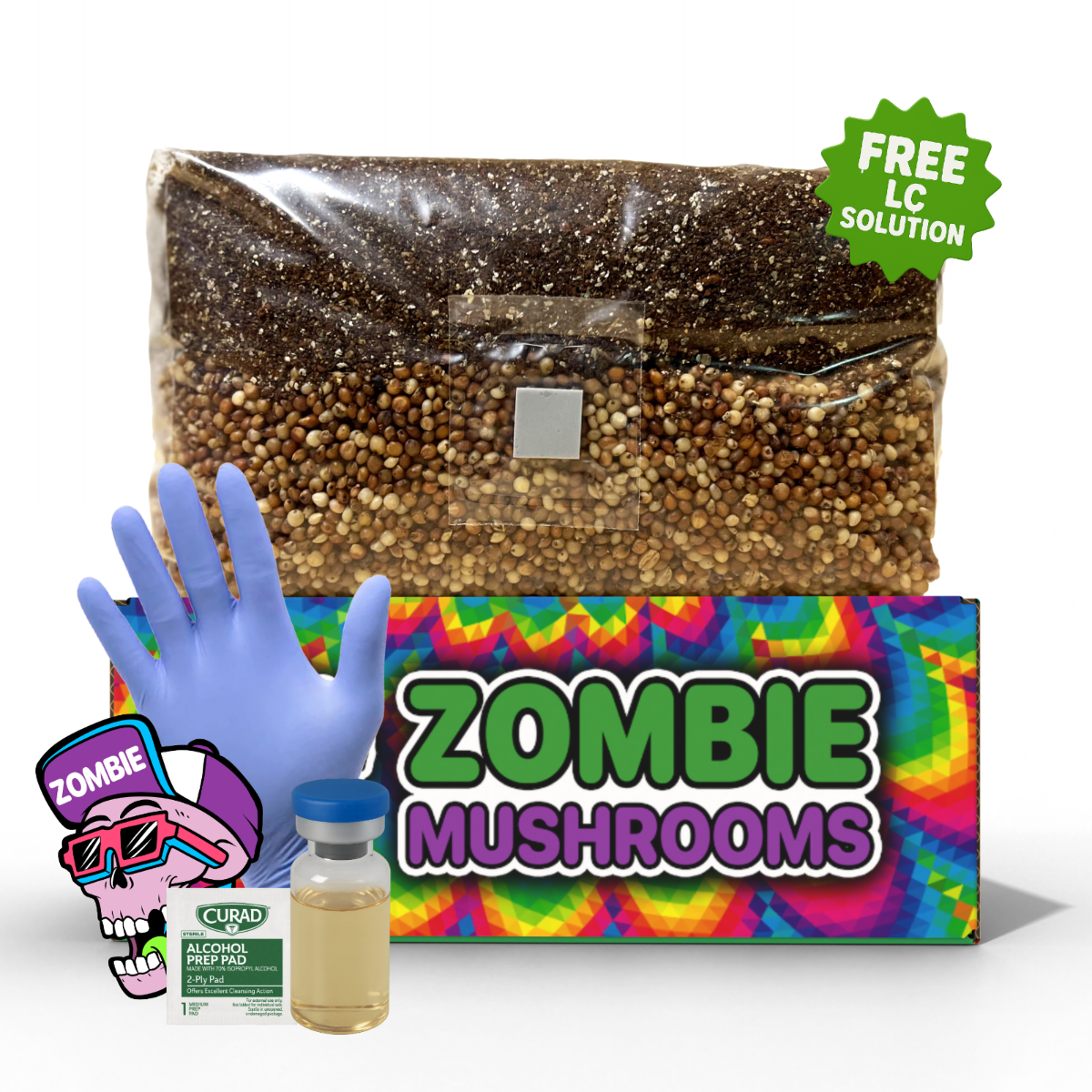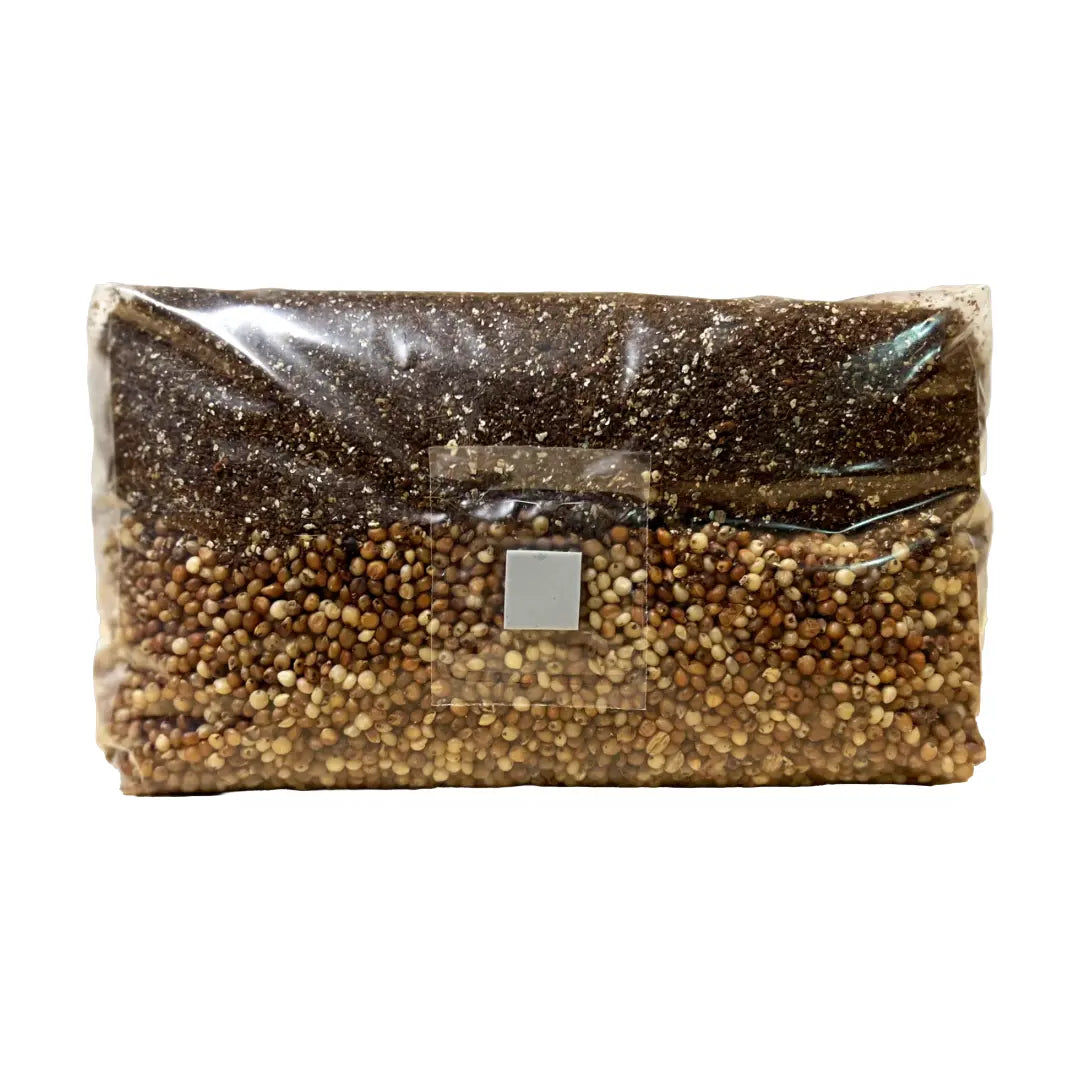- Psychedelic synesthesia blends sensory perceptions, causing individuals to hear colors or see sounds, often with or without substances.
- Penny Vieregge experiences natural synesthetic perception, living in a perpetual psychedelic-like state.
- The Esalen Institute, a hub for consciousness exploration, played a significant role in Penny's journey.
- Many psychonauts seek the experiences Penny has naturally, revealing alternative approaches to perception shifts.
- Mystical states and heightened sensory awareness can be cultivated naturally through meditation, mindfulness, and deep sensory engagement.
Psychedelic Synesthesia: A Unique Way of Experiencing Reality
Psychedelic synesthesia is an extraordinary phenomenon where different senses merge, allowing a person to "see" sounds, "taste" colors, or feel the texture of music. Typically induced by substances like LSD, psilocybin, or ayahuasca, this blending of senses offers an expanded perception of reality. However, some individuals naturally experience these alterations in perception—one such person is Penny Vieregge. Without the use of psychedelics, she has lived in a state of heightened sensory awareness her entire life. At 95 years old, Penny’s journey, spirituality, and time spent at the Esalen Institute provide a profound exploration of consciousness, revealing that the psychedelic experience is not limited to substances alone.

Who Is Penny Vieregge?
Penny Vieregge is a mystic, poet, and community figure whose life has been shaped by an innate ability to perceive reality in an altered, heightened state. Originally living in Marin County, she felt a deep dissatisfaction with conventional life and moved to Big Sur, where she immersed herself in a world of nature, spirituality, and healing.
She raised her children in a remote, rugged landscape, living simply and in harmony with the natural world. Penny foraged for acorns to make meals, lived in a tent before eventually moving into a secluded cabin, and embraced a life free from societal expectations. Surrounding herself with books, philosophy, and music, she followed a path that blended mysticism with everyday existence.
Though she rarely used psychedelics, Penny developed a natural reputation as a guide for those who did. Her perception of reality—filled with synesthetic experiences, deep intuition, and a connection to unseen forces—made her an invaluable presence for those seeking to explore altered states safely.

What Is Psychedelic Synesthesia?
Synesthesia is a neurological trait in which one sensory experience triggers another. Someone with synesthesia may
- See sounds as flashes of color.
- Taste words or experience flavors when hearing names.
- Feel textures when listening to music or reading text.
Under the influence of psychedelics, many who do not normally experience synesthesia report similar effects. LSD, psilocybin, ayahuasca, and DMT are known to enhance cross-sensory perception, creating intricate, immersive landscapes where sensory boundaries dissolve.
For Penny Vieregge, these experiences have been lifelong and intrinsic, not substance-induced. She describes colors that communicate emotions, stars that hum with celestial frequencies, and unseen threads connecting people in ways unseen by the ordinary mind. While psychonauts seek these experiences through external substances, Penny simply exists in this state as her default perception.

The Esalen Institute and Penny’s Connection to It
The Esalen Institute is an iconic sanctuary for alternative thinking, personal transformation, and consciousness exploration. Located in Big Sur, California, it has attracted some of the greatest minds in psychology, spirituality, and psychedelic research, including
- Alan Watts, the British philosopher who popularized Eastern spirituality in the West.
- Abraham Maslow, who developed the concept of self-actualization.
- Richard Price, who co-founded Esalen as a space for healing and self-exploration.
Penny developed a strong bond with Richard Price, frequently referring to him as her “twin.” Price’s past trauma, including psychiatric hospitalization and electroshock therapy, led him to seek alternative ways of understanding human consciousness. He created Esalen as a refuge where emotions could be processed without the harsh restrictions of conventional psychiatric treatment.
Penny worked at Esalen in many roles, including as a housekeeper, program guide, and unofficial mentor to those undergoing profound psychedelic trips. Many people experiencing intense psychological or mystical breakthroughs found in Penny a reassuring and grounding presence. She never saw emotions or breakdowns as something to be feared, instead allowing people the space to experience and integrate their altered states.

A Life Immersed in Synesthetic Perception
As a child, Penny Vieregge was aware she perceived the world differently than others. She sensed people’s emotions as colors and often received intuitive insights about those around her. However, a woman once warned her that such abilities were dangerous and should remain hidden. Despite this caution, Penny never suppressed her natural way of experiencing reality.
Her connection to nature has been deeply immersive. While sleeping under the stars near the Santa Lucia Mountains, she perceived the sky’s hum as an expansive orchestra, vibrating with energy and sound. Stars did not simply shine—they sang to her.
Her sensory integration is not something she has had to train or alter—it is simply the way she exists. To Penny, the world has always been psychedelic.
Becoming a Guide in Psychedelic Culture
Despite rarely taking psychedelics herself, Penny became one of the most trusted trip-sitters of the 1960s and 70s. There are stories of her guiding individuals through difficult trips by simply being present and stabilizing their emotions.
One of her most remarkable techniques involved telling people to metaphorically “hold onto a rope” that she said extended from her own body. By envisioning this connection, those on intense psychedelic journeys could feel as though they had an anchor to reality, preventing them from getting lost in the experience.
Prior to this, Penny had already gained experience helping those in distress at the Haight-Ashbury Free Clinic, where many young people sought aid after experiencing challenging psychedelic trips.
Ironically, while many sought these spiritual experiences through substances, Penny was often the most mystical person in the room—without ever consuming them.
Healing and Service: Penny as a Community Pillar
Beyond her psychedelic connections, Penny devoted much of her life to practical and spiritual service. She helped establish the Big Sur Cliff Rescue Unit, working as an EMT and equipping others with emergency response skills.
Esalen became her informal teaching ground, and in the most unusual classroom—the back of a broken bus—she taught children first aid and emergency preparedness.
Despite living simply, Penny always maintained small luxuries in her approach to life. She kept a bottle of Chanel No. 5 perfume in her medical kit, along with an espresso pot, blending elegance with practicality. She believed healing should be more than just physical—it should embrace the beauty of sensory experience.
Reflections on a Life Lived in Perceptual Wonder
For most people, psychedelic experiences are glimpses into another world—temporary dissolutions of ego, sensory expansion, and mystical insight. For Penny, this was never something to achieve; it was the nature of her reality.
She never needed mind-altering substances or spiritual retreats to access heightened perception. Instead, she believed that the universe itself provides the psychedelic experience, if only we open ourselves to it.
She embraced brahmacharya, a form of energy conservation often linked to spiritual traditions, and found profound bliss simply through deep eye contact and connection.
Her awareness serves as a reminder that the psychedelic state is not solely a drug-induced phenomenon—it can also be an innate way of perceiving the world.
Lessons from Penny’s Journey
Penny Vieregge’s story provides an alternative perspective to the quest for heightened perception. Her life suggests that
- Profound sensory experiences can emerge naturally, without substances.
- The natural world is an endless source of psychedelic wonder if we attune ourselves to it.
- True mysticism lies in presence, service, and deep awareness.
While many turn to substances to expand their consciousness, Penny’s existence suggests a deeper truth: the world itself is psychedelic, if we learn how to perceive it.
Whether mentoring seekers, rescuing hikers, or simply offering a listening ear, Penny Vieregge remains a luminous presence in the history of psychedelic synesthesia and expanded perception.
Citations
- Carhart-Harris, R. L., & Nutt, D. J. (2017). Serotonin and brain function: A tale of two receptors. Journal of Psychopharmacology, 31(9), 1091–1120.
- Hubbard, T. L. (2018). Synesthesia and psychedelic experience: Cross-domain mappings and subjective effects. Consciousness and Cognition, 63, 107-119.
- Kripal, J. J. (2007). Esalen: America and the religion of no religion. University of Chicago Press.
- Maslow, A. H. (1962). Toward a psychology of being. Van Nostrand.
- Ross, S. (2012). Psychedelics and altered states of consciousness: Neurobiological and therapeutic implications. Journal of Humanistic Psychology, 52(4), 452–467.



